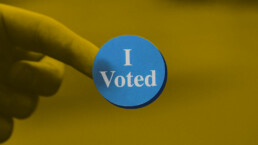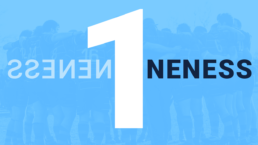
Technology has evolved quite a bit faster than biology. Conflict is natural – solving conflict with assault weapons is not.
In 1789, the Second Amendment authors did not foresee semi-automatic rifles firing 30 rounds in 15 seconds (the racial and historical context also purported a much different application of the well-regulated militia’s rights to bear arms, and intent).
My initial thesis for this blog was that following the money would unveil why guns specifically designed to kill people continue to be sold and supported by so many in American culture, and there is a lot that is obvious to support this trail. But, overall, the numbers just don’t add up. The total sales of guns to civilian Americans is surprisingly small. The amount spent on gun lobbying is dwindling. The revenues and the expenditures just do not justify the senseless violence. The influence is out of whack with the math. It is solvable. We can all be on the same team, here.
According to the IBIS report, the total sales of guns and ammunition was $11 billion in 2018, and the industry employs about 84,000 people. Even if the overall size of the gun industry is many times that, it still pales compared to even individual mega-corporations in the U.S. with revenues over $100 billion. Walmart itself has annual revenues over $500 billion and employs more than 2 million people (yes, Walmart also sells about 20% of overall ammunition sales in the U.S., so there is clearly some intersection here). Here is a list of some of the largest companiesby revenues.
The NRA only spent about $56 million during the 2016 elections. Their revenues are going down.
When I started this blog, I hypothesized it wouldn’t be possible to fix the current gun industry in America. While researching, I realized that changing the equation is possible. The debate does not need to be intractable. The common enemy is the senseless violence. Bi-partisan common sense measures, background checks, and an assault weapons ban are just the start as we search for more inclusive bottom lines. The math can be beat.
Ed Stack, the gun-owning CEO of Dick’s Sporting Goods, showed incredible courage by changing the way the sports company sells guns. Stack changed the math by eliminating the sale of semi-automatic weapons and raising the age of any firearm to 21 years. Other companies have followed this leadership, for example, Milwaukee-based Penzey’s Spices leads with anti-violent messaging in their marketing. And, perhaps companies like Google, whose company code started with “Don’t Be Evil” and also has a good run of financial success, can join a coordinated effort to proactively promote less violent messaging.
The NRA has an opportunity to rebrand and embrace gun safety and a push a hunting and sport focus in a more sustainable way. They might even reverse their current decline. Evolved capitalism demands longer term, inclusive horizons. Families and young people are demanding a different approach. In a gathering of gun violence victims, Brenda Moss rallied people to fight for change, drawing from her personal experience.
At CoPeace, we use the Head + the Heart + the Math to look for solutions in a fresh way, searching for both a strong financial return and measurable positive social or environmental impact. It is time to harness our collective biology and change the tools of this specific math. We can do it together. We can do it now.
Craig Jonas is the CEO and founder of CoPeace. As a forward-thinking holding company, CoPeace is building a portfolio of carefully selected for-profit companies with measurable social and environmental impact. To learn more about impact investing, check out CoPeace’s Intro to Impact Investing.
Related Blogs
The Proof is in the Pudding
March 19, 2019
The Newest Stakeholder in College Sport: The Student-Athlete
October 23, 2019
Regulating the Future
November 13, 2019
The Status Quo Must Change
June 1, 2020
The $3 T-Shirt
May 24, 2019
What’s the Fuss about Impact Investing
January 28, 2020
Defining the Millennial Generation
July 30, 2019
The Power of Policy
October 28, 2018
A Commitment to the Oneness
May 19, 2020








